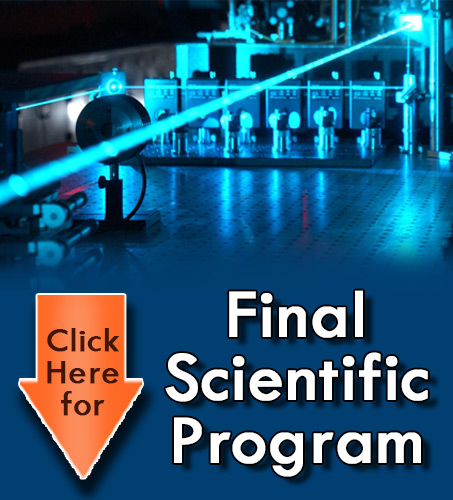
Priyalal Stephen Wijewarnasuriya
US Army Research Laboratory, USA
Title: Development of high-operating long wave HGCDTE devices at army research laboratory
Biography
Biography: Priyalal Stephen Wijewarnasuriya
Abstract
Mercury cadmium telluride (HgCdTe) alloy is of great importance in sensing radiation from the near infrared (ï¬c ~ 1 μm) to the very long wavelength infrared (ï¬c ~ 15 μm). Much of the HgCdTe-related research and development work is carried out for cooled operation. Intrinsic carriers play a dominant role, especially at long-wavelength (LW 8 μm to 12 μm cut-off ) material near ambient temperatures due to high thermal generation of carriers. Th is results in low minority carrier lifetimes due to Auger recombination processes. Consequently, this low lifetime at high temperatures results in high dark currents and high noise. Cooling is one means of reducing this type of detector noise. Th e challenge is to design photon detectors to achieve background-limited performance (BLIP) at the highest possible operating temperature, with the greatest desire being operation close to ambient temperature. This paper present a path to achieve BLIP LW HgCdTe at twice the operating temperature of current 80K LW HgCdTe technology. High operating temperature LW devices would result in several advantages to an infrared imaging system. Th is technology will off er half the cool down time than the present technology for greater battle fi eld survivability with faster fi rst “image out” and less than half the power consumption (2 Watts vs 5 Watts). Th is will lead to dramatic reduction in size, weight and power resulting reduced cost (SWaP-C).

